n the night of the Constructive Women Awards—the culminating event of Women in Construction (WIC) Week 2025—Tamie Taylor scanned the audience and saw transformation. Thirty-four years ago, when she landed a secretarial job with a construction company, Taylor rarely encountered other women in the industry, certainly not at work sites.
The audience at the awards ceremony, though, was composed of welders, superintendents, millwrights, electricians, engineers—women from nearly every sector of the construction industry.
“It’s the whole plethora from construction. Not only the trades but the people in the offices, the owners, the person who’s selling the equipment,” Taylor says.
The crowd that evening was representative of the work being done by the National Association of Women in Construction (NAWIC), which advocates for women in the construction industry by providing career growth opportunities, resources, and connectivity among its members nationwide.
“We want people to understand that construction is a viable career. Man, woman; first career, second career; whatever. We may be competitors when it comes to work, but we’re not competitors when it comes to NAWIC. We’re all united,” she says.
NAWIC’s efforts to encourage connections among women in the construction industry is evident to Randi DelReal, the Alaska chapter’s current president. While she’s still the only woman working in the field for STG Pacific, where she’s a quality control manager, she’s seeing more and more women working with STG Pacific’s sister companies and joining NAWIC.
“I’ve seen our chapter grow, and you meet more women [in the industry] every year,” she says. “There’s companies out there that really do support women. I can see things changing and women succeeding.”
Taylor points to the difference she’s seen women make on the job: during one site visit, while inspecting welds, she noted how clean and concise a series of welds were.
“I asked, ‘Who did these?’ I wanted to have a contest and test all the welds and see how many passed, and [the male welder] said, ‘Nope, I’m not taking that on. Sydney will kick my butt every time,’” Taylor recalls with a laugh. “She’s good because she’s meticulous. I’m not saying men are not, but there is an advantage to having women in construction.”
WIC Week is a highlight of the association’s yearly schedule. Now in its twenty-eighth year, WIC Week celebrates and promotes women in the industry and features a week of networking and training events plus the Constructive Women Awards Banquet.
This year’s iteration of WIC Week featured Get Hired!, an event organized by the Alaska Safety Alliance. Hosted in both Fairbanks and Anchorage, Get Hired! featured dozens of industry employers looking to connect with both high school and professional jobseekers.
Taylor explains, “Not only are we hiring, but you’ve got people here willing to sit down, look at women’s résumés. ‘You’re having trouble getting hired? Let’s see why.’ Where else are you going to find that for free?”
Other highlights included sessions on “The Unapologetic No,” “Sleep and Women’s Health and Safety,” and “Taco Tuesday,” which included a hands-on construction challenge.
One highlight of the week for Naomi DuCharme, executive director of the Alaska Safety Alliance and chair of WIC Week, included seeing a male senior leader at an energy firm bring his new female operations manager to one of the events.

Jamey Bradbury
She hopes that this kind of understanding and support of women in the industry extends beyond WIC Week—and beyond women in the industry. “I want to see companies take a deeper look at how they support underrepresented groups year-round,” she says.
The week culminated with the Constructive Women Awards Banquet. Seventeen female leaders in the industry were nominated by their peers, and a panel of independent former NAWIC officers and directors chose six winners. The 2025 Constructive Women Awards went to Brianna Carlson, project engineer/project manager with UIC Nappairit; Lindsay Ford, construction operations manager at Ahtna Diversified Holdings; Angela Kuykendall, project superintendent with HC Contractors out of Fairbanks; Suzanne McCarthy, director of Alaska Laborers Training School; Xuan Ta, a principal electrical engineer at RSA Engineering; and Darlene Ayapan, a journeyman electrician with Alaska Native Tribal Health Consortium.
When Desmond-Layral first joined NAWIC, she was the only Fairbanks member. She recalls popping in on what she thought was a monthly meeting for Alaska members, only to discover herself in a planning meeting for that year’s WIC Week. She quickly became a one-woman committee for building up Fairbanks membership.
“It’s a big industry up here but a small community, and there’s a push right now with some companies in this area to increase the amount of women they’re hiring,” Desmond-Layral points out. “A lot of those gals have started joining NAWIC because their Anchorage counterparts are in it.”
NAWIC Alaska is a statewide chapter, but much of its work is focused in Anchorage. Thanks to online tools like Zoom, Desmond-Layral has been able to host get-togethers for Fairbanks members to join Anchorage-based monthly meetings and activities. She hopes that, as the Fairbanks membership grows, she can organize in-person events.
“The goal is to call in for those monthly Anchorage meetings but then also do something fun as the Fairbanks group,” she says. “Or we could head down to Anchorage and get together with those members.”
She’s well on her way to meeting her goal, thanks to WIC Week’s Fairbanks-based events. At the local kickoff mixer, DuCharme notes, “I saw tradeswomen meeting each other for the first time—women who had worked on different projects, for different companies, who had no idea others like them were out there. They shared their struggles, their wins, and, most importantly, their support for each other.”
Isolation can be dangerous in the construction industry, she says, not just for women but for anyone. “That’s what this is all about—breaking isolation, whether literal or figurative,” she adds.
It’s a good first step toward Desmond-Layral’s other goal: “To be able to go out to a job site with my NAWIC sticker on my hard hat and see maybe four other stickers out there, too.”
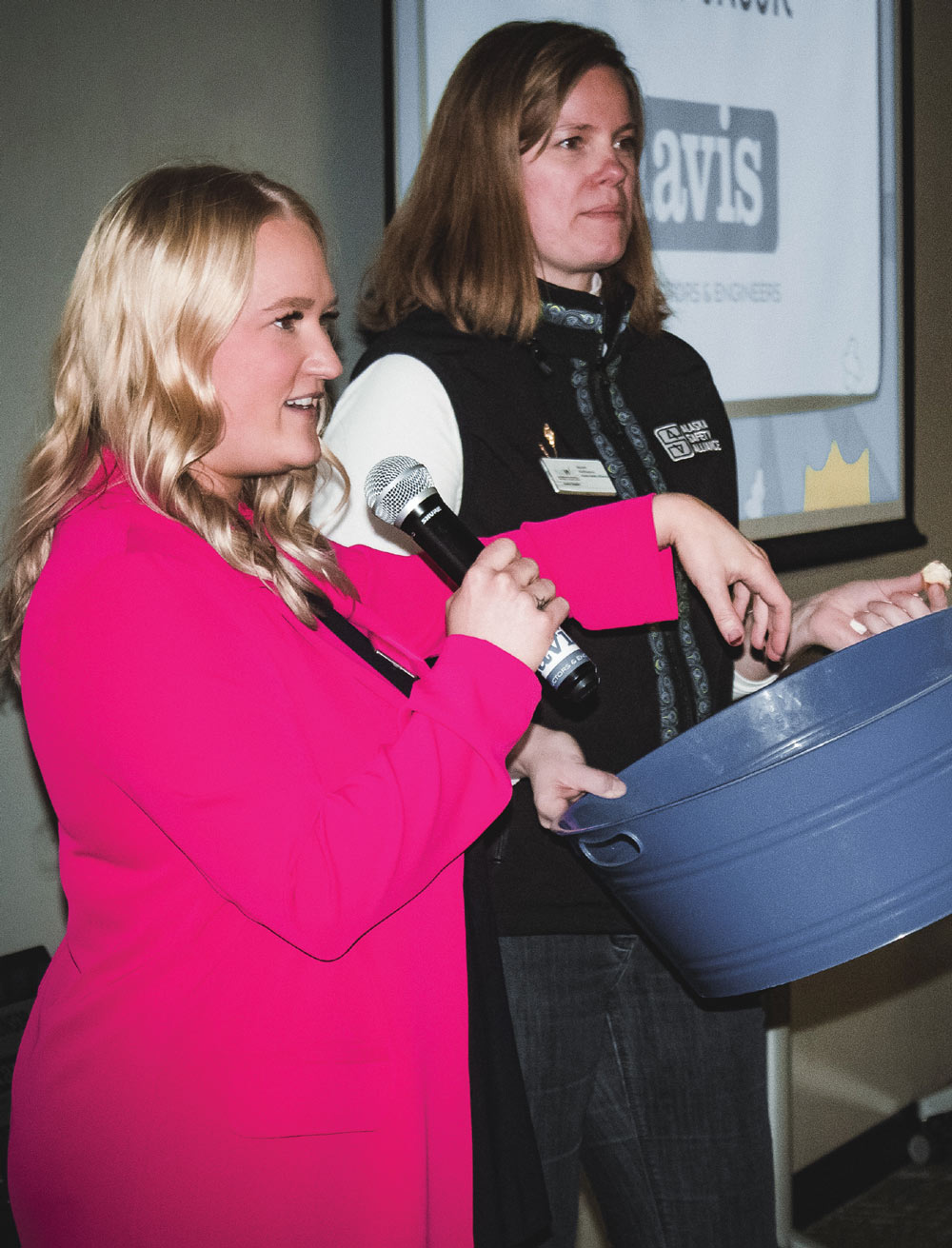
Jamey Bradbury
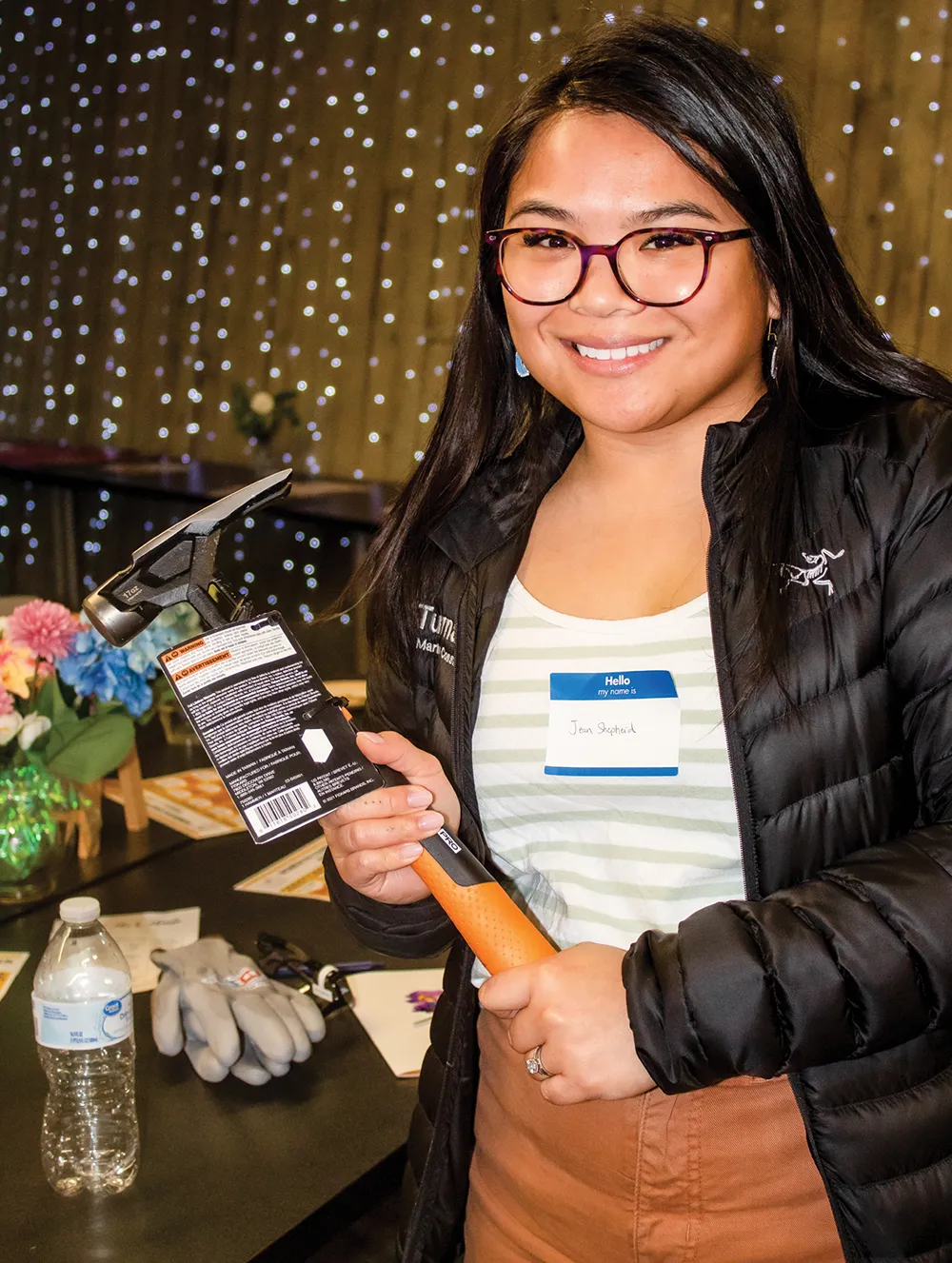
Jamey Bradbury
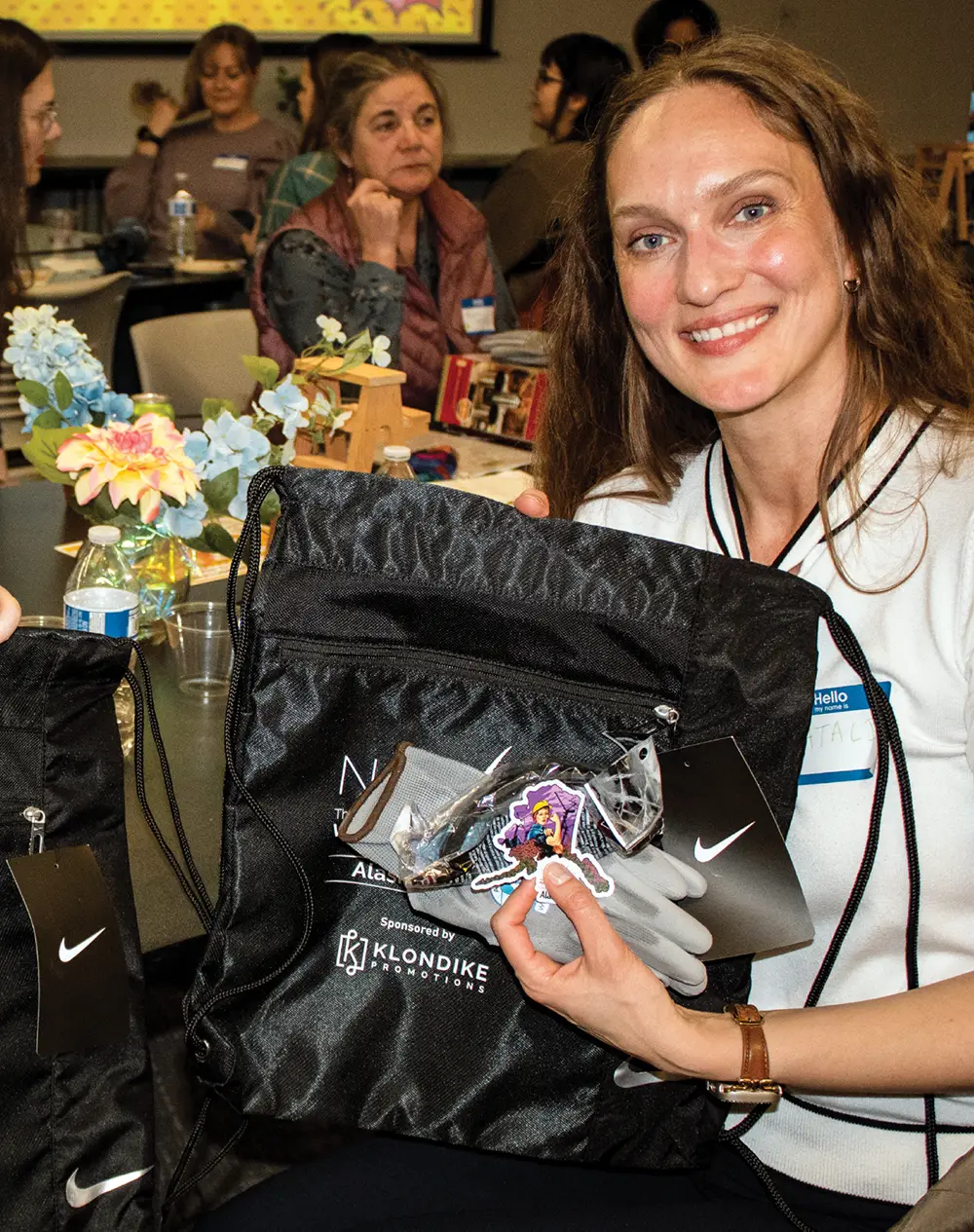
The most beloved event may be the annual Block Kids building competition. A national effort that’s sponsored at the local level, the program introduces children to the construction industry through a hands-on competition that challenges grade schoolers to build a structure using materials like building blocks, string, foil, rock, and construction paper.
“It’s fun to see the kids and what they come up with from their imagination,” says DelReal, who volunteers at the event. “What’s really cool is the ones who have parents in the industry, seeing them take what they hear from their parents and try to make it their own.”
Since stepping away from national leadership roles, Taylor has been able to engage more frequently with local schools and is passionate about encouraging young people to think about all the ways construction touches their lives.
“You get in the bus to go to school, so we talk about [how] there was a construction company that built those roads that you’re riding on,” she says. “Engineers designed the bridge you cross over. A construction company had to build the school. Construction is affecting your life, and you don’t even know it.”
NAWIC also offers a CAD drafting contest and a design-drafting program that asks students to devise a budget for a design-build project. It’s all part of planting a seed with kids and young women to consider something unexpected.
“I want girls and women across Alaska to see a future they may not have known was possible,” says DuCharme. “I want them to see someone who looks like them operating heavy equipment, leading a job site, or designing the next big project—and to realize that they can do it too. We have incredible education and training opportunities right here in Alaska, and a network of women ready to mentor and support the next generation.”
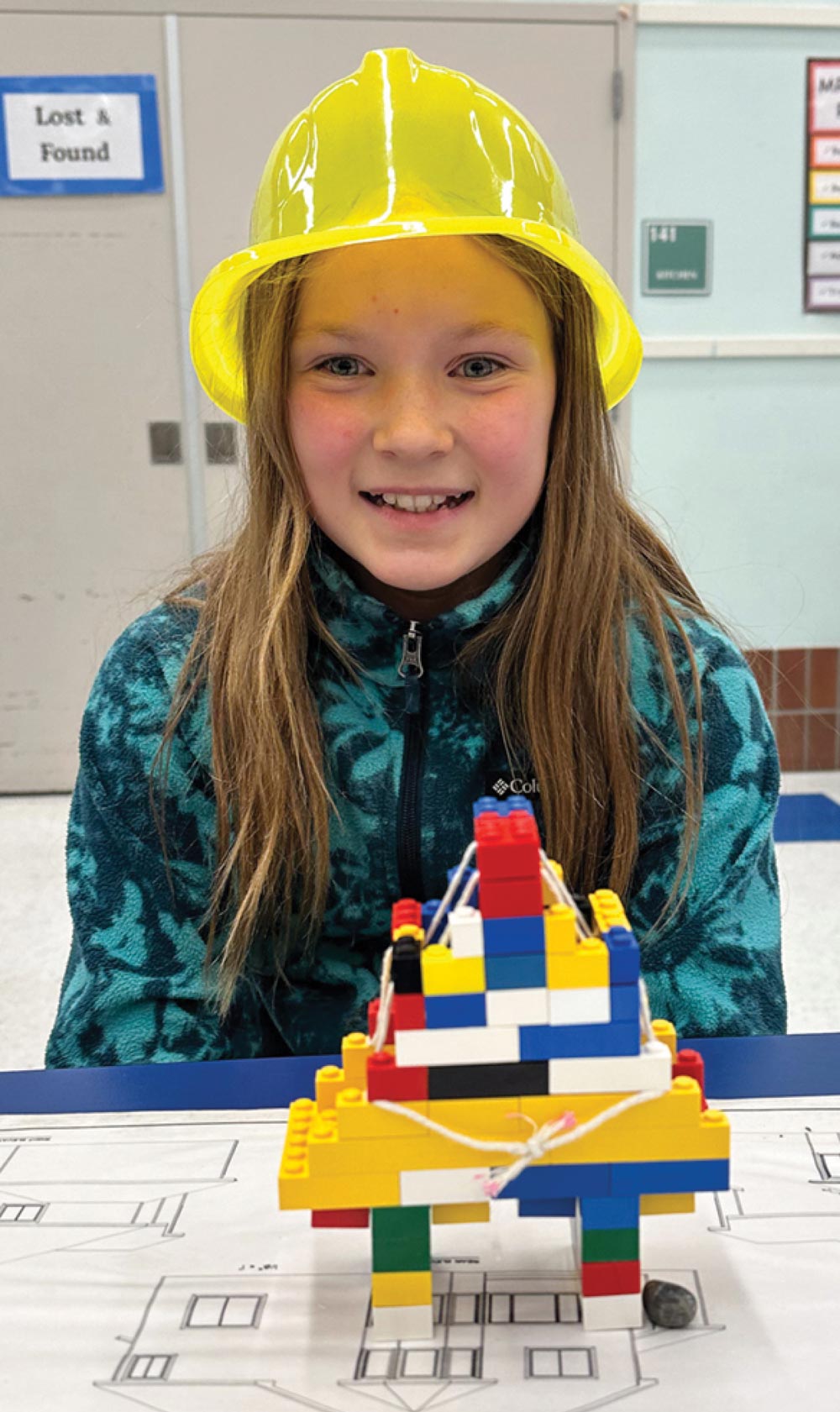
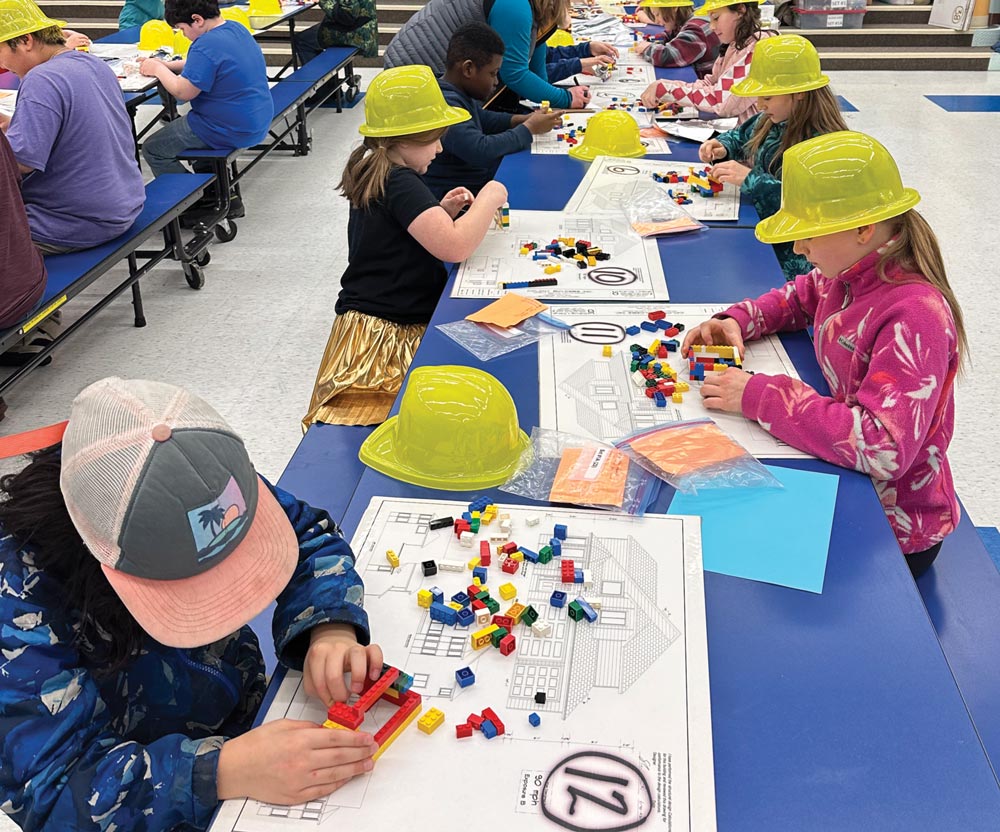
NAWIC
“There is a mentorship opportunity out there, whatever I want,” Taylor elaborates. “If I don’t know something, I bet you there’s a NAWIC member that will know and is willing to give me an answer and explain it.”
There’s also the NAWIC Education Foundation, which offers certification programs that members can complete on their own time to increase their knowledge, to qualify for new opportunities, and to gain credibility.
“I don’t always get treated like I have seventeen years in this industry,” Desmond-Layral points out. “That extra credentialing lends authority to the things I say. Having those training sessions and credentialing sessions are huge. They’re beneficial for everybody.”
While membership in NAWIC is focused on women, the Alaska chapter invites men and nonmembers to attend monthly meetings—an indication that NAWIC’s mission isn’t about men versus women but about increasing collaboration in the industry and recognizing that everyone has something to bring to the table.
One way to measure NAWIC Alaska’s success is through increased interest. This year, more Alaska companies than ever participated in WIC Week events and did recognitions of women in their workforce through appreciation posts on LinkedIn and other social media. More companies also reached out, DuCharme says, to ask how they could get involved with hosting events, sponsoring the NAWIC chapter, or volunteering.
“That tells me something is shifting,” she says. “My hope is that the energy of this week doesn’t stop here. We have incredible education and training opportunities right here in Alaska and a network of women ready to mentor and support the next generation. The path is here. The doors are open. And I hope more women walk through them than ever before.”